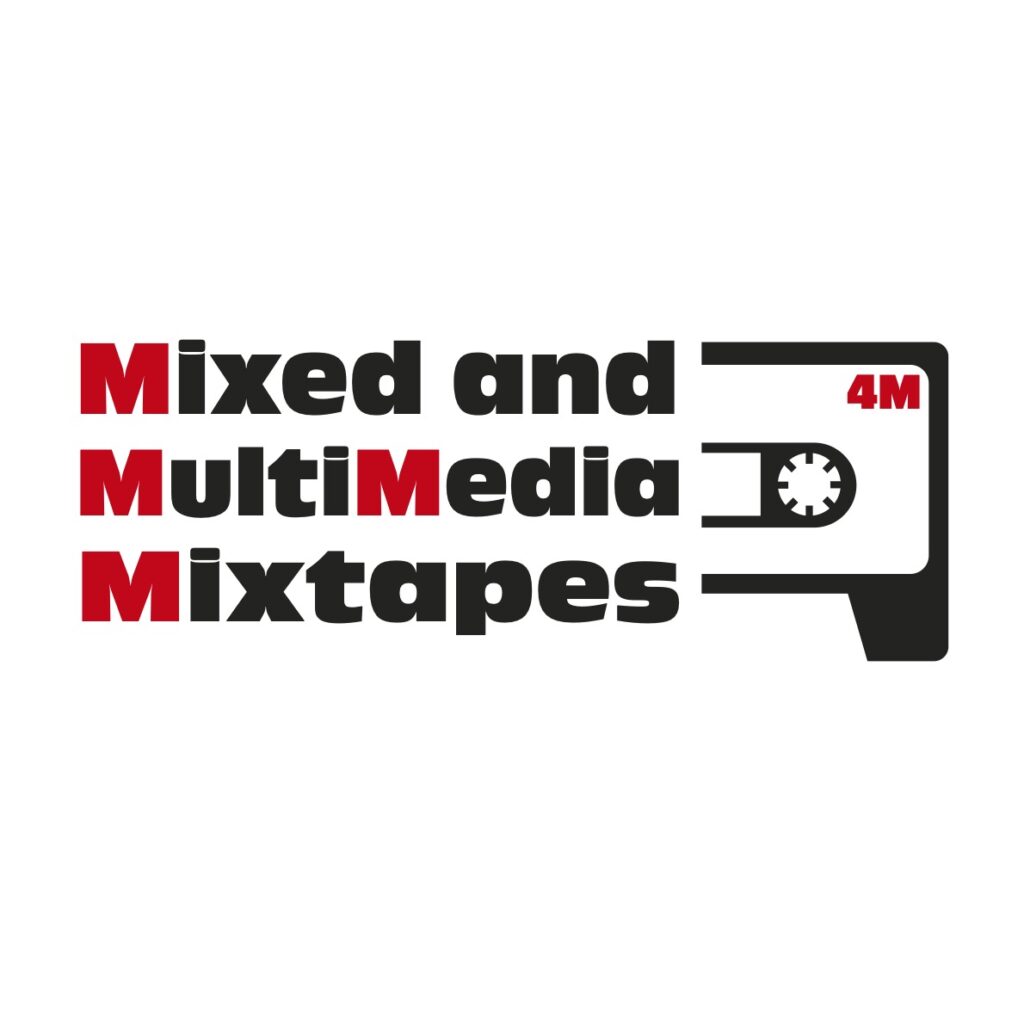
Call for works/participation
4M – Mixed and MultiMedia Mixtapes – is a new netlabel in the University of Glasgow’s College of Arts, aimed at sharing staff and student work through curating and delivering a series of mixed and multimedia releases in the form of expanded digital mixtapes.
In our first call for participation – on the theme of Porosity (see below) – we invite the submission of works of audio, audiovisual, photography, poetry, creative writing… any kind of arts-based response to the theme of the release. We aim to create a diverse and inclusive platform for showcasing the extraordinary array of creativity from across the college, much of which only gets seen/heard/experienced in the context of assignment submission and/or small-scale sharing events.
To submit a work to the label, please send either the work itself, or a short (c. 300 word) description of it if it is unfinished, to: louise.harris@glasgow.ac.uk
Deadline for submission: 31st July 2022
The label website is in the process of being set-up and will launch fully with the first digital release at the end of the summer.
__
Porosity:
Porosity or void fraction is a measure of the void (i.e. “empty”) spaces in a material and is a fraction of the volume of voids over the total volume, between 0 and 1. Porosity measures the space between. Sand isn’t porous from a distance, but on a microscopic level there is accessible space between the grains. On a macro scale we can turn to the universe and
look at the galaxies in our universe as grains of sand: from a distance, Boötes void seems accessible, yet the void space between galaxies is so vast that it’s incomprehensible for humans.
In the digital world everything you see – the words you’re reading right now – is information that can be transmitted as a series of 0s and 1s. Officially there is no room for speculation here: it’s either a 0 or a 1 and, but what could we imagine in the space between binary 0s and 1s? What could be possible? The scope of porosity goes beyond visual, tactile materials like sponges and skin: the question is one of asking what exists in the nothing that is between things?
